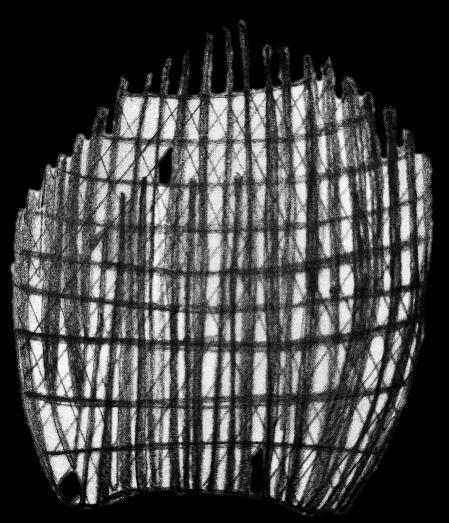
2 minute read
Research: Complex objects
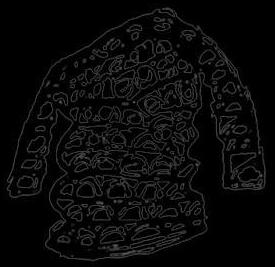
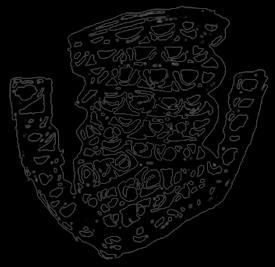
Advertisement





I believe that this object was inspired by the setting of Star Wars movies because it features a series of spikes of different lengths, which ascend and descend in size. There is a higher and a lower series of straight lines, which is finely interconnected by a lattice.


The roof, the side wall similar to a bee hive and the building in itself are all built on the principle of hexagons.
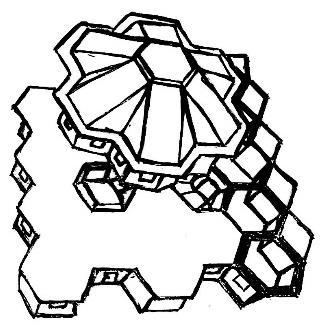
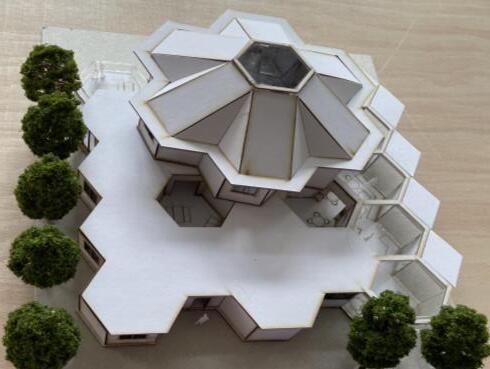
I pulled apart the elements of a complex model.
I investigated a third object and rotated it by 180 degrees. It offered a different perspective.
I experimented with the initial design. I halved it, copied and mirrored it. And then I mirrored the 2nd stage once again to create a more complex object.
This gave me the idea to combine the two differently positioned objects. I repeated the process until I created a chain of objects where one is facing up and the other one is facing down.
HereIresearchedanobjectisbuiltontheprincipleofusingawealthofstraightlinesthat twistandturninamiddlepoint.Theideaisverysimpleinitself,butthefinaloutcomeseems tobecomplexbecauseverticallinesrotateandturnalongsidetheobject.Soyoustartwith oneobject,createonemoreandannexittoitssideandthenaddanothertocreateathreedimensionalfigure.


Finally, I rotated the object to 90 degrees anti-clockwise and I liked its appearance as a fan. Then I repeated the figure three more times and I could have continued doing so infinitely. This way I discovered that one simple concept is the basis for something a lot more intricate.
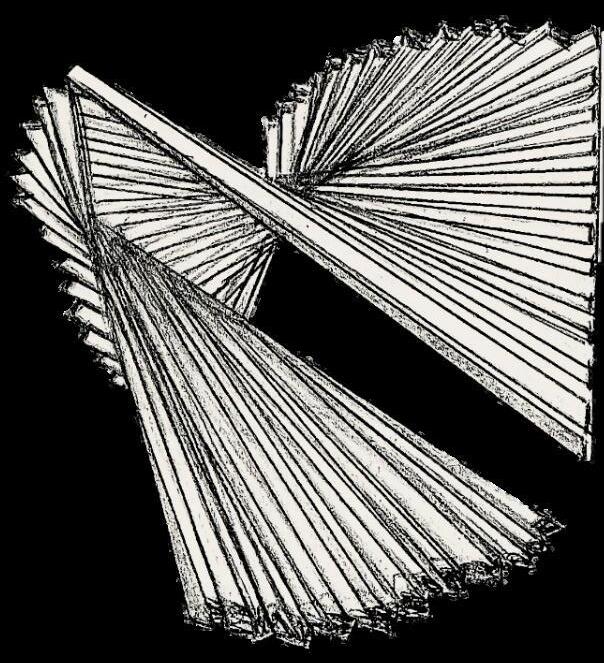




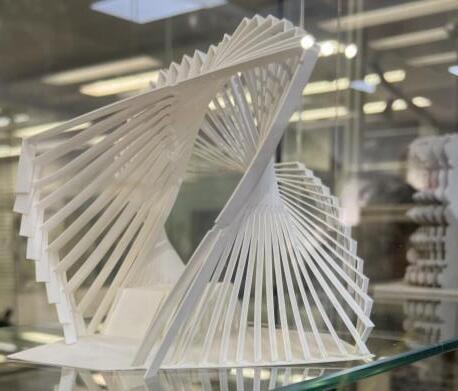

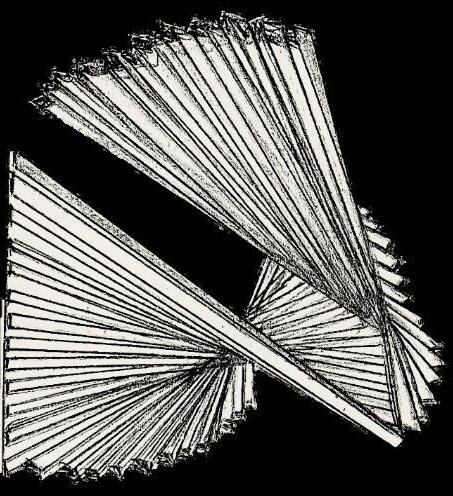

This object looks as if it is very complex due to the amount of parts assembled together by stitching.

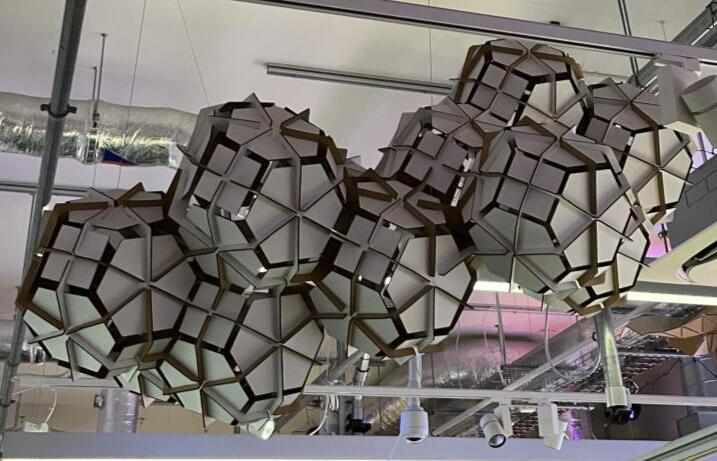


I love it because one can look at it from two different perspectives. Someone might say it looks like a complex flower, whilst someone else might see it as a ball. The beauty lies in the patternwhich has been recreatedall over again and again, until a roundobject in the form of a sphere is able to stand onits own.
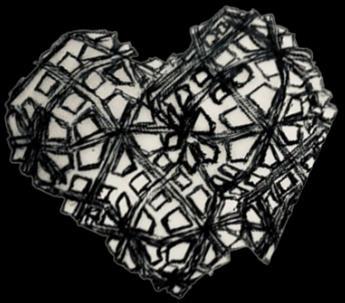

Complexgeometryhasbeenusedforcenturiesinthe productionofartwork.Tessellationallowedforthe constructionofvastintricatepatternsoftenbuiltupfrom simplegeometricformssuchaspolygons.Thisformof decorationwastakentoimpressivelevelsinMoroccoand AlgeriaintheMiddleAges.Iwasimpressedwiththe techniqueandIwantedtotryitoutmyself.Iproceededto drawahexagonwhichwasdividedinhalfandthendivided againinsixequalsides.Thisisthecoreelementofthisobject; Ihavereplicateditforeighttimesandintercalatedwith squaresdividedintofourequalparts.
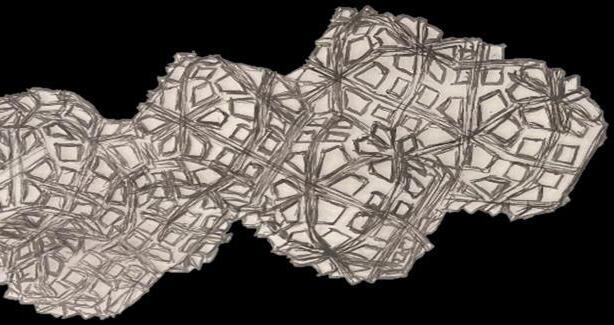
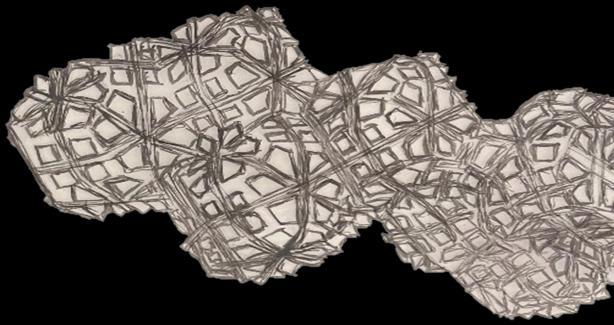
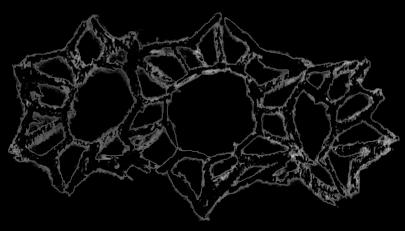
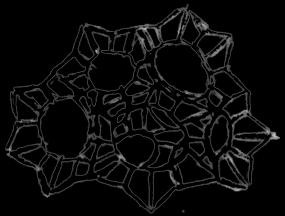
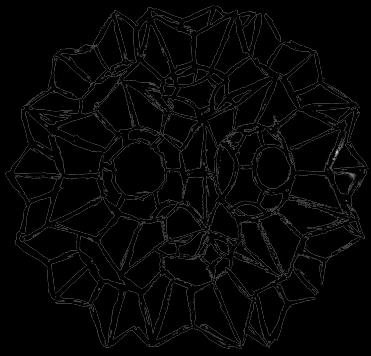
Here I played with square pieces of white card. I arranged them in different ways with the aim to test if they could create a structure in real life. Afterwards, I tried to draw it and whilst doing this, I realised these shapes combine into new ones.
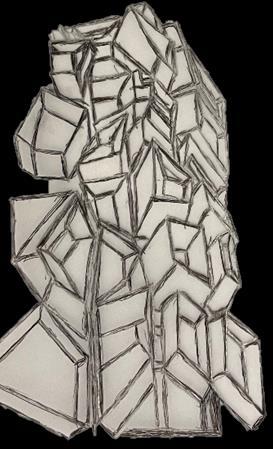

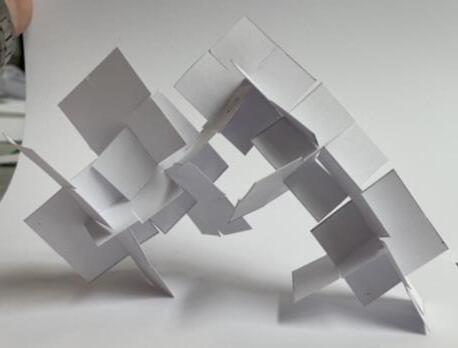
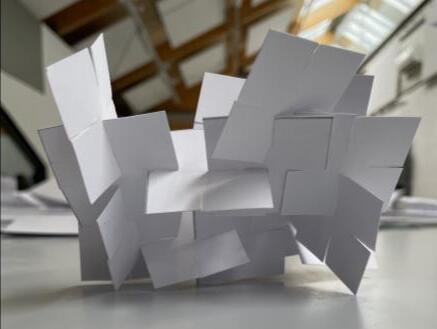
I took the middle section of the project and focused on it because I was amazed by the way the architect designed the balconies.

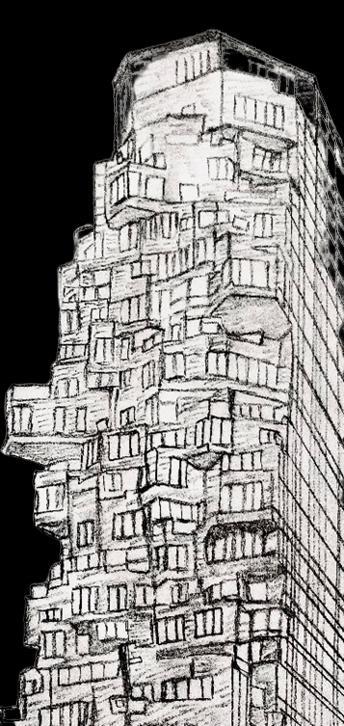

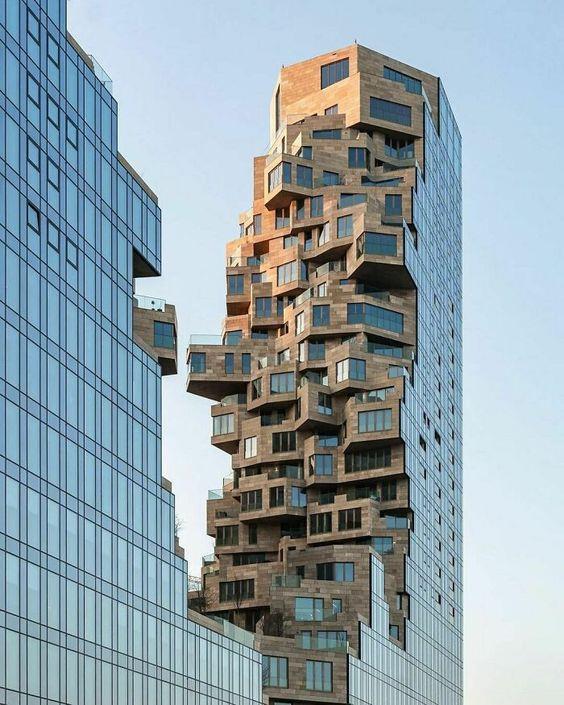
These are 3D shapes which look like they have been gathered together in an untidy pile. However, all these polygons combine in a steady structure that could easily turn into a block of flats for example.

Whenturning a design concept into a building, architects need to ensure that the structureis balancedand stable. Thisis what I experimentedwith in this case (to the left).
Some of them simply seem to be suspended up in the air. However, at a closer look, I realised that actually they are supported by the external walls above and below and the idea runs from the ground all the way up to the top. After looking at this building, I came to understand how irregular polygons can still be used in the construction industry although it seems somehow to be impossible. It is exactly this concept that enables professionals to create unique structures, which touches on the theme of form over function. It is still a habitable space but with a modern twist.






